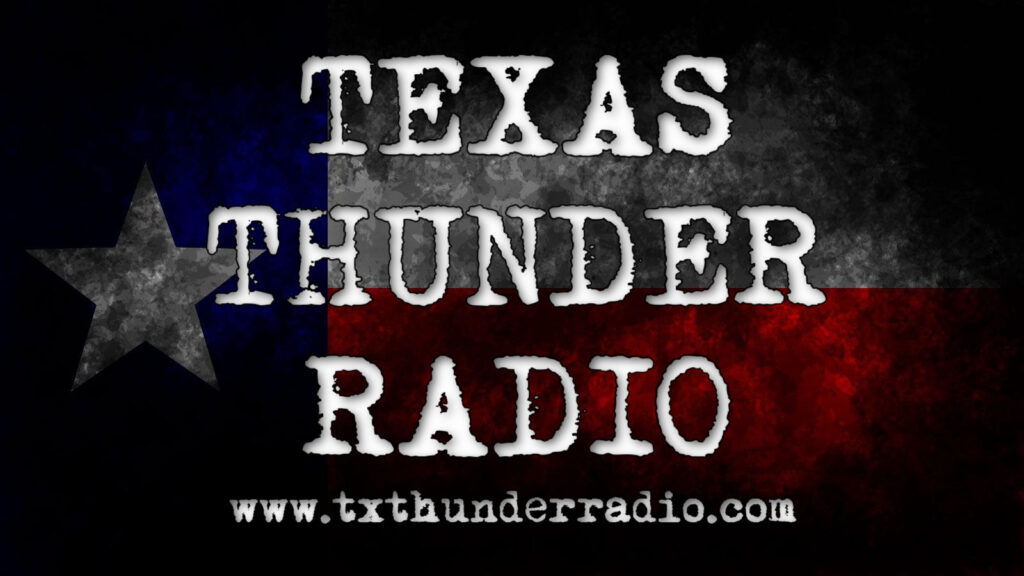 Oleksii Liskonih/iStockBy CHRISTINA CARREGA, ABC NEWS
Oleksii Liskonih/iStockBy CHRISTINA CARREGA, ABC NEWS
Following several weeks of protest that resulted in clashes with law enforcement officials in Oregon, the state’s attorney general has launched a criminal investigation into two “unlawful” tactics allegedly made by federal agents.
Oregon Attorney General Ellen Rosenblum also announced she filed a federal civil lawsuit on Friday evening against the Department of Homeland Security, U.S. Marshals Service and U.S. Customs and Border Protection to begin the process for a restraining order to stop the agents “from unlawfully detaining Oregonians.”
The lawsuit asks for a declaration that the federal agents’ alleged actions violate the First Amendment as well as the Fourth and Fifth Amendments, and “an injunction permanently restraining defendants from engaging in tactics” such as the two incidents Rosenblum says were “unlawful.”
Requests for comment from the named defendants in the civil case were not returned on Saturday.
U.S. Attorney for Oregon Billy J. Williams also ordered an investigation into federal law enforcement’s actions in Portland on Friday.
On the heels of the police-involved death of George Floyd in Minneapolis on May 25, protests sparked nationwide calling for an end to police brutality against people of color and for reforms to law enforcement. Many of the peaceful protests escalated with the arrests of thousands across the country.
Even as recent protests nationwide have been mostly peaceful, there has been violence at demonstrations in Portland, Oregon.
The lawsuit follows recent threats by President Donald Trump to override local authorities in cities he described as “war zones” run by “liberal left-wing Democrats.”
Acting Secretary of the U.S. Department of Homeland Security Chad Wolf said earlier this week that Portland has been “under siege for 47 straight days by a violent mob while local political leaders refuse to restore order to protect their city.”
In the lawsuit, Rosenblum writes, “The federal administration has chosen Portland to use their scare tactics to stop our residents from protesting police brutality and from supporting the Black Lives Matter movement.”
Rosenblum also singles out two incidents this month when federal agents allegedly assaulted or arrested “peaceful” protesters.
The first incident, on July 12, left a protester with “several injuries” to the head after an agent allegedly used an “impact weapon.” A joint criminal investigation with the Multnomah County District Attorney Rod Underhill was launched regarding this alleged assault, Rosenblum said. The Homeland Security Office of Inspector General has also launched an investigation.
In the second incident, on July 16, a man was walking down the street when an unmarked car with “undercover federal agents wearing generic green military fatigues forcibly detained” him. The arrest, filmed by a bystander, was viewed millions of times on Twitter.
According to CBP spokesperson Stephanie Malin, “[CBP] agents had information indicating the person in the video was suspected of assaults against federal agents or destruction of federal property.”
The man, identified by Rosenblum as Mark Pettibone, was “eventually” released. CBP confirmed no charges were filed.
Pettibone said in a declaration of support for Rosenblum’s lawsuit that he was peacefully protesting when he was suddenly detained and searched and held in a cell at the federal courthouse before being released.
“No one told me why I had been detained, provided me with any record of an arrest, or explained what probable cause they had to detain me,” he wrote.
“These tactics must stop. They not only make it impossible for people to assert their First Amendment rights to protest peacefully. They also create a more volatile situation on our streets,” said Rosenblum.
Gov. Kate Brown told ABC News late Friday that she has asked Wolf to remove the agents from the state.
“They obviously have refused to leave. … Their presence here is … making a challenging situation even more difficult. It’s like pouring gasoline on a fire,” said Brown.
Wolf and acting Deputy Secretary Ken Cuccinelli refuted that all the protesters have been peaceful in separate Twitter posts Friday.
“DHS officers were assaulted with lasers and frozen water bottles from violent criminals attempting to tear down federal property,” Wolf wrote.
“The only positive thing I can think of to say about these criminals is at least they’re clear about what they want to do, even if they don’t care about who they hurt: Portland protesters flood police precinct, chant about burning it down,” wrote Cuccinelli.
Lawyers with the American Civil Liberties Union announced Friday it would attempt to secure a restraining order against federal law enforcement responding to demonstrations. If granted, the order would prevent federal authorities from removing journalists or legal observers from protest areas.
The ACLU’s complaint aims to build on a similar order requiring Portland police to have probable cause of a committed crime before arresting or using force against protest observers and journalists.
“The answer to protests against police brutality can’t be bringing in federal agents to engage in even more brutality,” said Vera Eidelman, a national attorney with the ACLU.
ABC News’ Quinn Owen contributed to this report.
Copyright © 2020, ABC Audio. All rights reserved.










